Good core strength is essential to balance and strength. One of the best core strengthening exercises is the plank. You can begin with a plank against the wall and progress to a horizontal plank.
With either plank, contract all of the muscles in your core – hold for five to 60 seconds or as long as you can with good form.
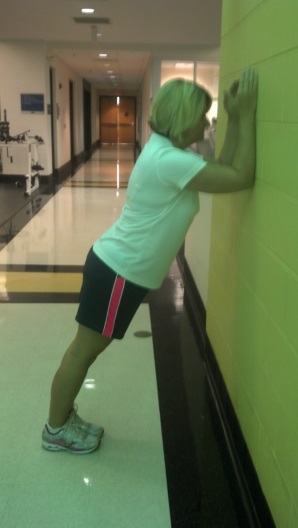
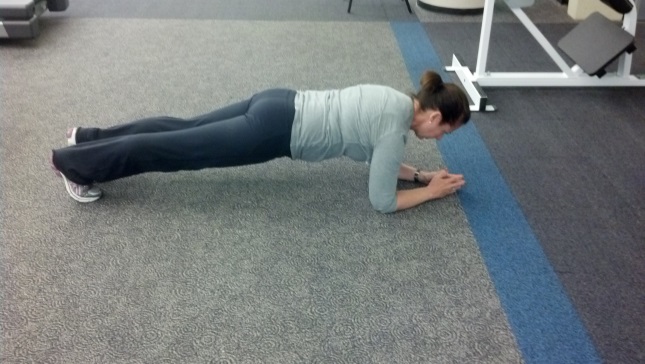
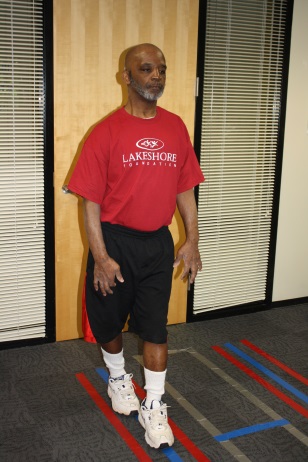
The tandem stand (one foot in front of the other) requires a narrow base of support and is a great balance trainer. Stay on one side as long as you can, then switch to the other side. You can add tandem walking as a progression.
When you walk, your weight shifts from one foot to the other, which requires the ability to hold your weight on one leg as you shift. One-legged stands, with various movements, angles, and heights, make your legs stronger and require balance with good posture. Start out holding on and changing movements, and progress to not holding on when you feel confident.

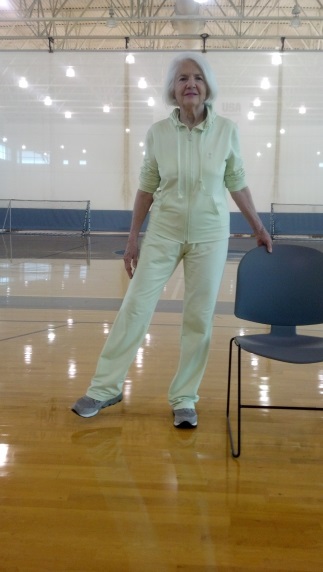
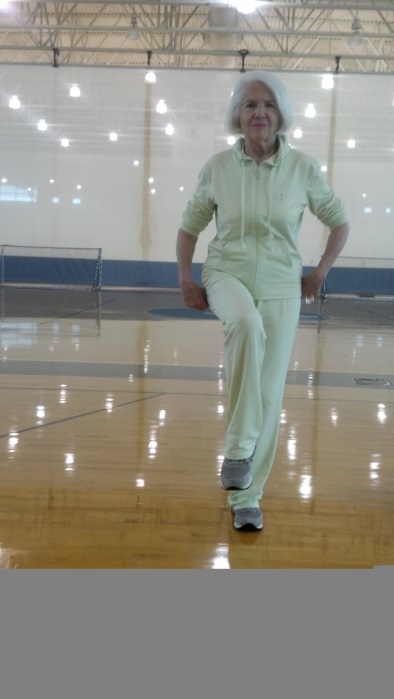
There are hundreds of different balance exercises. Remember safety always comes first, then good form and proper progression. Know your abilities and set a plan that focuses on your particular balance challenges. Seek the advice of a fitness or health professional that specializes in balance and mobility training if you are not comfortable deciding which exercises are best for you.
